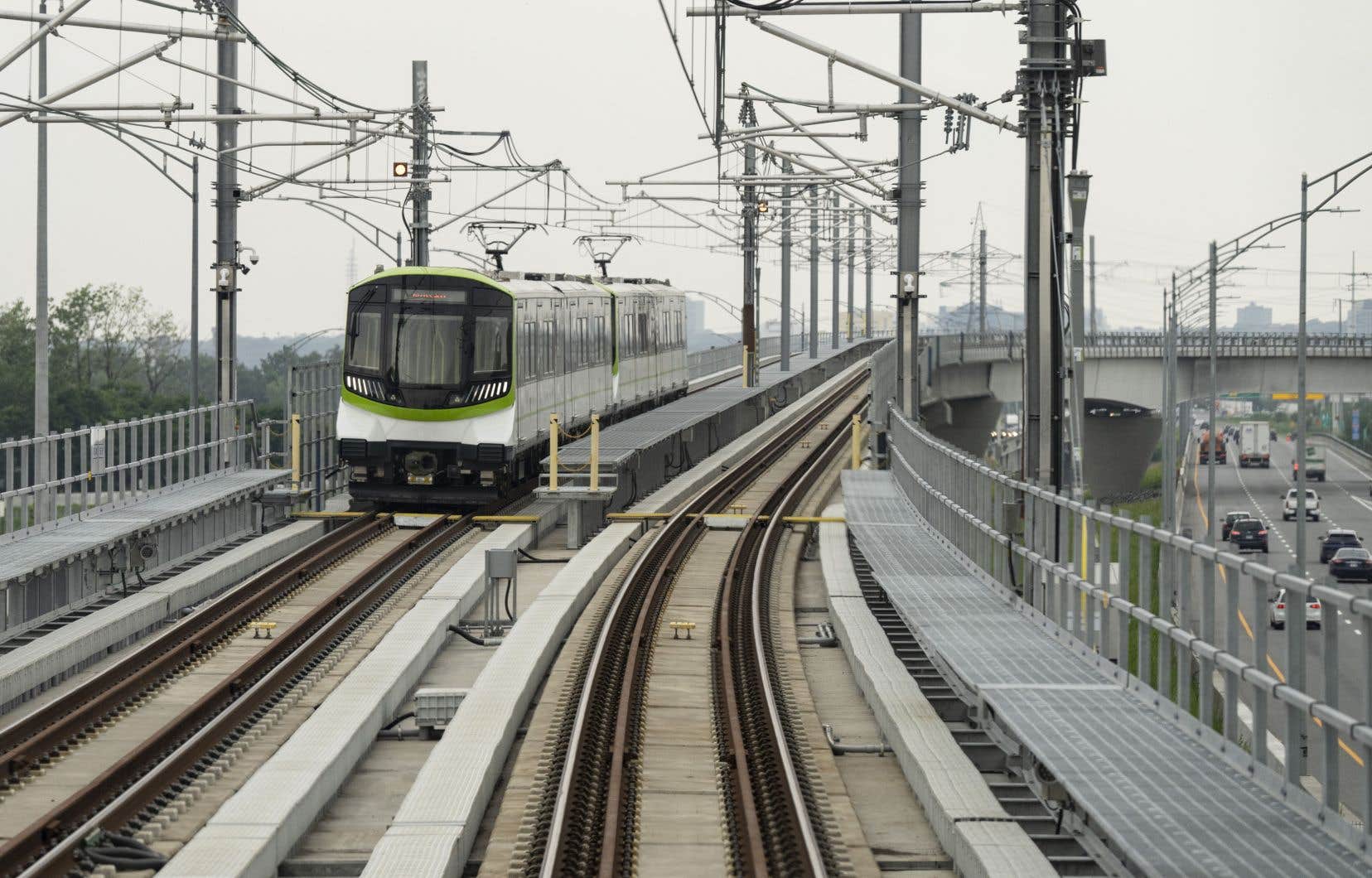Discussions around the costs of large public transport projects are frequent and sometimes decisive for the completion of a project. Unfortunately, they are sometimes out of sync because they are based on comparing costs per kilometer without regard to the particularities of the projects.
A Bloomberg article on this subject was recently brought to the public’s attention. The agency compares the construction costs of the REM to those of other large projects in North America and believes that it is a model to follow.
These comparisons are risky when we compare projects currently being carried out in Quebec to projects being carried out elsewhere without knowing what was included in the publicly disclosed costs. Is it the final cost or the initial assessment? Have we included financing costs over 30 years and the cost of expropriations?
There is no doubt that CDPQ Infra succeeds in carrying out a project at an estimated cost that defies all comparison, which is to its credit. But there is an explanation for this.
The REM is deployed in a very specific context, which can hardly be compared with other projects. Consequently, several parameters make the “dollar per kilometer” comparison hazardous.
The REM is mainly located on Ministry of Transport rights-of-way, along Highway 10 and Highway 40, and benefits from an easement. If it had been necessary to expropriate the equivalent of the necessary land as is the case in most major projects, such as the extension of the blue line, we can imagine that the project would have cost much more or would not have had everything. simply never saw the light of day.
The REM crosses the Samuel-De Champlain Bridge using the two lanes reserved for public transport. The construction of this central deck constitutes Infrastructure Canada’s contribution to the REM project; it represents several hundred million. This use of the central deck is subject to a right of way (the amount of which is not known), but we can certainly conclude that the REM would not have gone to Brossard if it had been necessary to finance the construction of a bridge to cross the river. In addition, the costs associated with the use of the central deck are found in the annual operating costs and not in the calculation of project costs.
CDPQ Infra acquired the Deux-Montagnes train line and the tunnel under Mount Royal at a cost of 125 million, an amount lower than the book value, so much so that the Quebec government had to pay compensation of 45 million to EXO, who owned it. We can easily conclude that the project would have cost much more if it had been necessary to expropriate land at market value up to Deux-Montagnes and dig a tunnel under Mount Royal.
There is also the fact that the costs taken into account by CDPQ Infra are limited to the REM itself, to its pillars, tracks, stations, rolling stock, but ignore all the additional works carried out by its partners and without which the REM cannot would not be functional: access to stations, collection equipment, airport station. Without forgetting the mitigation measures financed by the Ministry of Transport and the modifications to their infrastructure that the municipalities had to make. All this put together, it’s almost two billion!
These elements are fundamental in the REM business model and this is what makes it an interesting project for the government, which at the time also wanted to support a major public transport project by limiting the repercussions on its debt.
The REM business model is perhaps an example to follow on a financial level, but it is a unique case and it seems risky to me to compare its cost per kilometer to other public transport projects, unless you are looking for reasons to reject them or to denigrate those who planned them. Comparing can sometimes become a poorly calculated risk…
